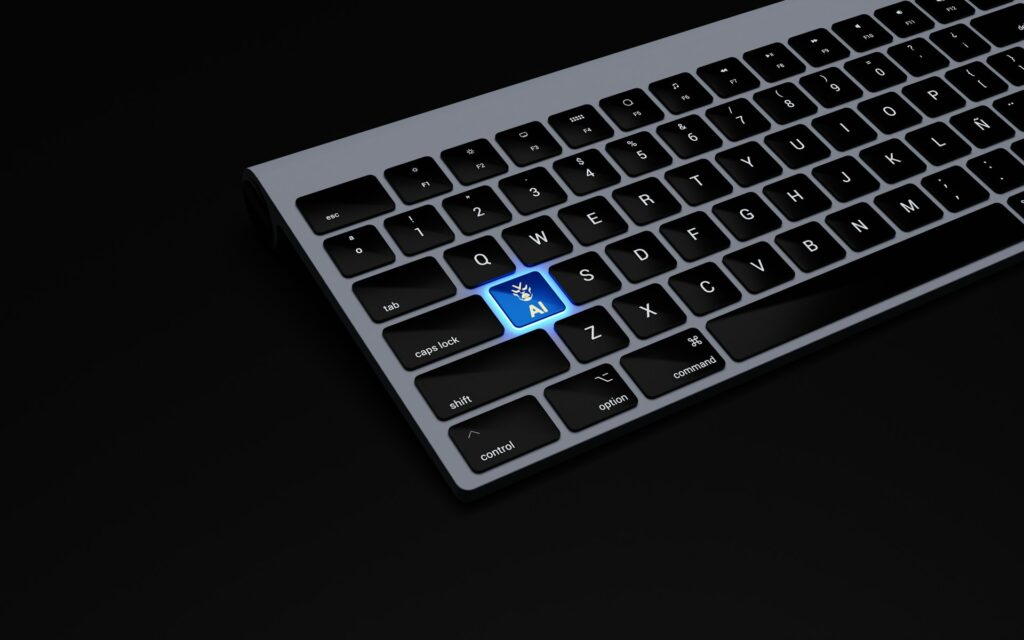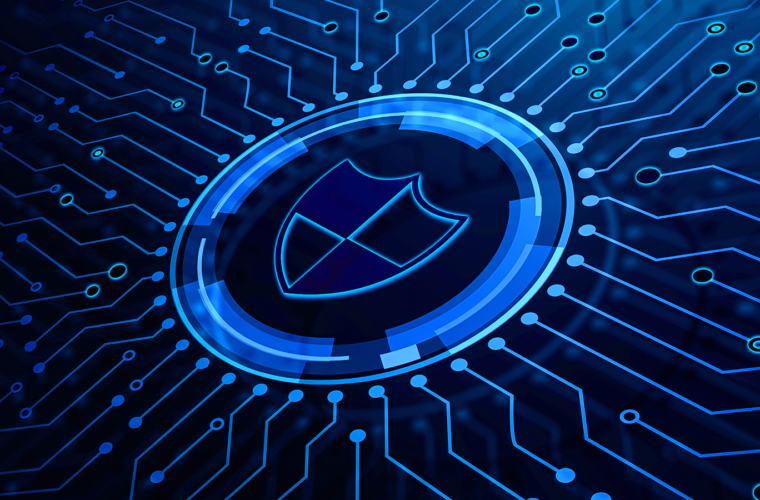In today’s rapidly evolving digital landscape, cybersecurity and artificial intelligence (AI) are more intertwined than ever. The integration of AI into cybersecurity has ushered in new complexities and opportunities, transforming the ways in which both threats and protections operate. However, while AI is revolutionising cybersecurity, the relationship is mutual: cybersecurity is just as vital to AI’s continued development. This synergy is essential to keep up with the increasingly sophisticated cyberattacks that modern organisations face.
The rise of AI in cybersecurity
The use of AI in cybersecurity isn’t a novel concept, but its role has significantly intensified, particularly with the widespread introduction of Generative AI (GenAI). According to experts like Robert Tom, systems engineer at Fortinet Netherlands, AI has been a part of cybersecurity for over a decade. However, it has only gained mainstream recognition recently due to advancements in GenAI. These developments have created both opportunities and challenges for cybersecurity professionals. At the 2023 RSA Conference in San Francisco, AI was the dominant theme, showcasing its dual role as a tool to enhance security defences and as a weapon for cybercriminals. Attackers use AI to automate and accelerate malware creation, while defenders leverage AI to improve detection and response mechanisms. However, Tom notes that attributing attacks to AI remains a challenge. For example, detecting whether the malware was AI-generated is difficult, underscoring the importance of staying ahead of emerging threats rather than focusing solely on attribution.
The importance of AI in cybersecurity
As cyber threats become more complex, AI is an indispensable tool in the fight against them. AI’s capabilities allow organisations to sift through massive datasets in real time, detecting anomalies that human analysts might miss. This speed and accuracy are critical when facing increasingly sophisticated threats like deep fakes or AI-generated phishing scams.
AI is already making an impact in several key areas of cybersecurity:
Forensic Analysis and Incident Response: AI helps identify patterns that indicate potential security breaches, allowing for faster detection and response.
Security Operations: Continuous monitoring of vulnerabilities through AI-powered dashboards enhances the effectiveness of Security Operations Centers (SOCs).
Identity and Access Management: AI strengthens authentication processes, reducing the likelihood of unauthorized access.
Supply Chain Risk Management: AI evaluates third-party risks, identifying vulnerabilities that could impact an organisation’s security.
Why cybersecurity needs AI
AI’s role in cybersecurity isn’t just about defence; it’s also about creating resilience. Traditional threat prevention methods are no longer sufficient, and AI enables organisations to shift from solely blocking attacks to preparing for, detecting, and recovering from them. The speed at which AI can analyse data is unmatched, allowing security teams to make more informed, quicker decisions. For example, AI-driven Security Orchestration, Automation, and Response (SOAR) systems enable organisations to respond to threats faster by automating routine tasks. This enhances security and optimises resource allocation, reducing the burden on human analysts. However, AI is not a cure-all solution. Tom points out, “AI is not a seal of quality.” It needs to be trained effectively, and organisations must assess how AI can fit into their overall security strategy. It’s essential to ensure that AI systems are well-integrated and monitored rather than being seen as a replacement for human oversight.

Why AI needs cybersecurity
While AI can significantly enhance cybersecurity efforts, it also introduces new vulnerabilities. AI models require vast amounts of data for training, and this data can be exploited if not properly protected. Additionally, public AI models like Large Language Models (LLMs) are often susceptible to data breaches, as they “learn” from the information they’re exposed to but cannot “forget” it. This makes it critical to implement stringent cybersecurity measures when using AI, ensuring that sensitive data is adequately safeguarded. AI’s increasing autonomy in decision-making poses another cybersecurity challenge. Autonomous AI systems that operate without human intervention are becoming more common, particularly in areas like incident response. However, these systems require robust security protocols to prevent malicious actors from exploiting them. Integration between different AI-driven security solutions is also crucial for maintaining a secure environment.
A symbiotic future
As the lines between cybersecurity and AI continue to blur, their mutual dependence will become even more pronounced. Cybersecurity professionals will increasingly rely on AI to counter AI-driven attacks, while AI systems will require robust cybersecurity frameworks to function safely and effectively. Companies like Fortinet are already leading the charge in developing integrated AI-powered solutions, ensuring that both AI and cybersecurity advance in tandem. Looking forward, the future of cybersecurity may involve fully autonomous systems capable of neutralising threats without human intervention. This level of automation is necessary to keep pace with AI-augmented cyberattacks, which occur faster than manual responses can handle. However, ensuring the safe integration of these technologies will require a comprehensive approach, one that balances AI’s capabilities with rigorous cybersecurity protocols. The relationship between AI and cybersecurity is one of mutual necessity. As AI continues to evolve, it will play an increasingly important role in defending against cyber threats, but only if cybersecurity professionals are vigilant in safeguarding AI itself. Together, they form the foundation for a more secure digital future.



